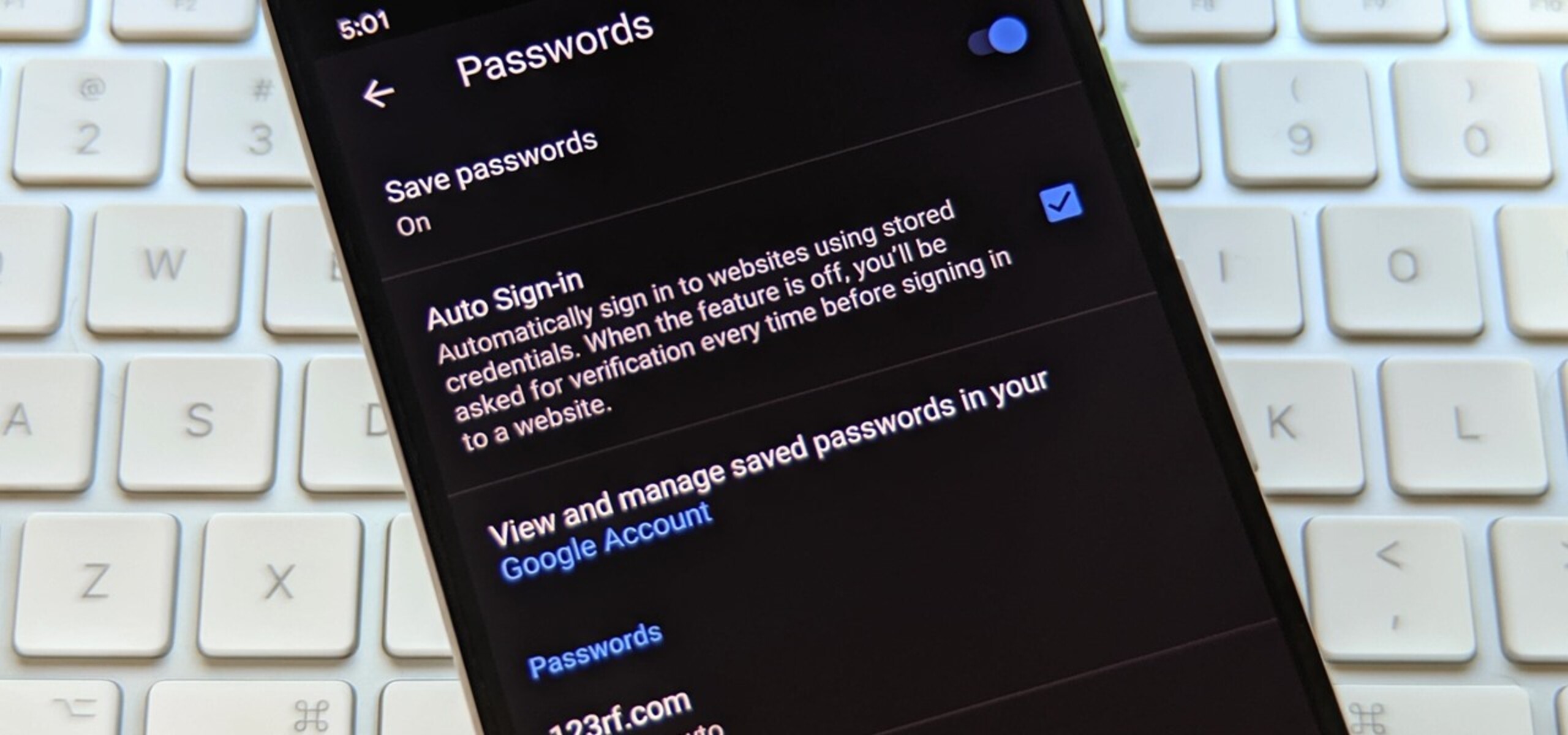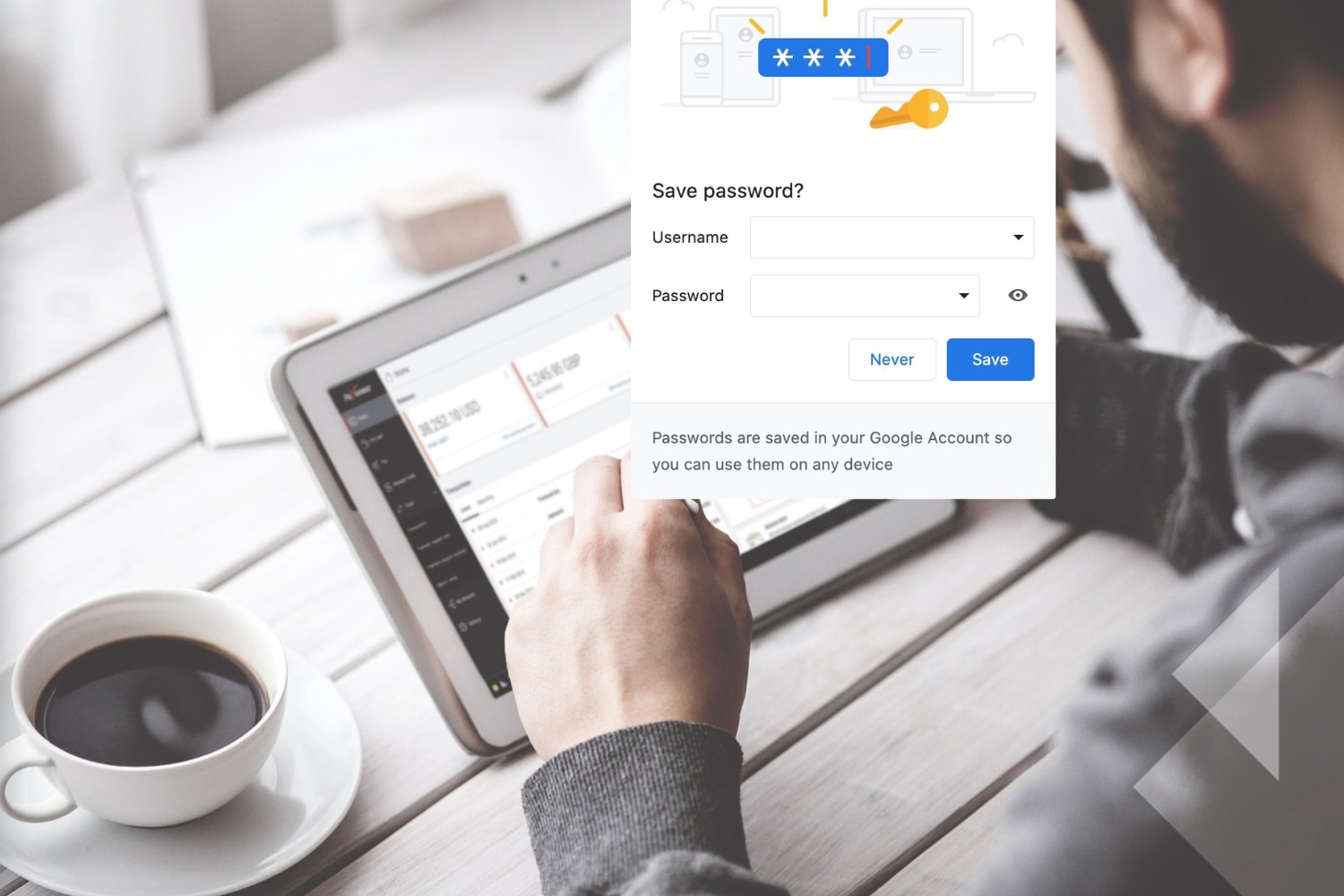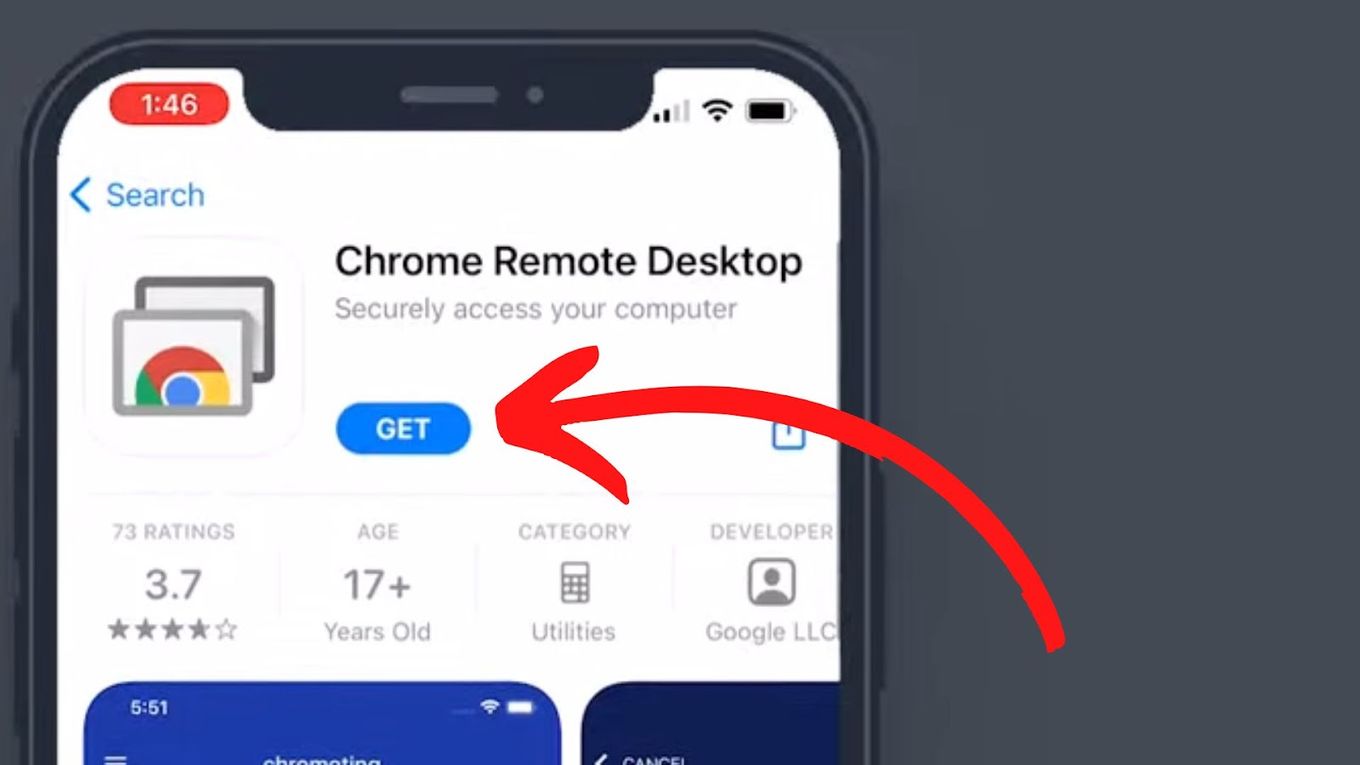Introduction
Google Chrome is one of the most popular web browsers in the world, known for its user-friendly interface and robust features. One such feature that enhances user convenience is the built-in password manager, which securely stores and manages your login credentials for various websites. This functionality eliminates the need to remember numerous complex passwords, making it easier to access your favorite online platforms.
In this article, we will delve into the intricacies of Chrome's password manager, exploring how to look up saved passwords, view them, and manage them effectively. Whether you're a seasoned Chrome user or a newcomer to the browser, understanding these features can significantly streamline your online experience and bolster your digital security.
Let's embark on a journey to uncover the inner workings of Chrome's password management system, empowering you to take full advantage of this invaluable tool. Whether you're eager to retrieve a forgotten password or simply curious about the mechanics behind this feature, this guide will equip you with the knowledge to navigate Chrome's password manager with confidence and ease.
Accessing Chrome's Password Manager
Accessing Chrome's password manager is a straightforward process that grants you access to a treasure trove of saved login credentials. Whether you're using Chrome on a desktop, laptop, or mobile device, the steps to access the password manager remain consistent.
Desktop or Laptop:
-
Open Chrome: Launch the Chrome browser on your desktop or laptop. Ensure that you are signed in to your Google account, as this is essential for accessing the password manager and syncing your saved passwords across devices.
-
Navigate to Settings: Click on the three-dot menu icon in the top-right corner of the browser window. From the dropdown menu, select "Settings."
-
Access Passwords: In the Settings menu, scroll down and click on "Passwords" within the "Autofill" section. This will direct you to the password manager interface, where you can view and manage your saved passwords.
Mobile Device:
-
Open Chrome App: Launch the Chrome app on your mobile device and ensure that you are signed in to your Google account.
-
Access Settings: Tap on the three-dot menu icon in the top-right corner of the app to reveal the menu options. Select "Settings" from the list.
-
Navigate to Passwords: Within the Settings menu, tap on "Passwords" to access the password manager interface. Here, you can explore your saved passwords and make necessary adjustments.
By following these simple steps, you can effortlessly access Chrome's password manager, gaining insight into the array of login credentials stored within. This seamless accessibility underscores the user-centric design of Chrome's password management system, allowing for quick and convenient retrieval of saved passwords across devices.
Whether you're seeking to retrieve a forgotten password or simply wish to review your saved credentials, the ability to access Chrome's password manager with ease empowers you to take control of your digital identity and streamline your online interactions.
Viewing Saved Passwords
Once you have accessed Chrome's password manager, you gain the ability to view the array of saved passwords that have been securely stored within the browser. This feature provides a convenient way to retrieve login credentials for various websites, eliminating the need to remember complex passwords or go through the hassle of resetting them.
Upon entering the password manager interface, you will be presented with a list of saved website credentials, organized in a clear and user-friendly manner. Each entry typically includes the website or application name, the associated username or email address, and an option to reveal the saved password.
To view a saved password, simply click on the specific entry within the password manager. Chrome will prompt you to authenticate your identity, often by entering your device's login credentials or using biometric verification methods such as fingerprint or facial recognition. This additional layer of security ensures that only authorized users can access and view saved passwords, bolstering the overall integrity of the password management system.
Once authenticated, Chrome will reveal the saved password associated with the selected website or application. This seamless process allows you to effortlessly retrieve the necessary login credentials, enabling swift access to your favorite online platforms without the burden of memorizing or manually inputting complex passwords.
Moreover, Chrome's password manager offers the option to search for specific saved passwords using keywords or website names. This search functionality streamlines the process of locating a particular set of credentials within a large collection, enhancing user efficiency and convenience.
In addition to viewing saved passwords, Chrome's password manager also provides insights into the security status of your saved credentials. It can identify weak or reused passwords, prompting users to update them for enhanced protection against potential security threats. This proactive approach to password security empowers users to maintain robust digital defenses and mitigate the risks associated with compromised or vulnerable login credentials.
By offering a comprehensive overview of saved passwords and implementing proactive security measures, Chrome's password manager not only simplifies the process of accessing login credentials but also prioritizes the safeguarding of user accounts. This dual focus on convenience and security underscores the value of Chrome's password management system, positioning it as a reliable and user-centric tool for managing digital identities.
Managing Saved Passwords
Managing saved passwords within Chrome's password manager empowers users to maintain a secure and organized digital identity. This functionality goes beyond mere storage, offering users the ability to update, delete, and organize their saved credentials with ease.
Updating Saved Passwords
Chrome's password manager allows users to update their saved passwords for various websites and applications. This feature is particularly valuable when users choose to strengthen their security posture by replacing weak or compromised passwords with more robust alternatives. Upon accessing the password manager interface, users can select a specific saved entry and initiate the password update process. Chrome facilitates this by seamlessly guiding users through the steps to generate and save a new, secure password for the selected website or application. This proactive approach to password management empowers users to fortify their digital defenses and mitigate the risks associated with outdated or vulnerable credentials.
Deleting Saved Passwords
In instances where users no longer require certain saved credentials or wish to declutter their password manager, Chrome offers a straightforward method to delete saved passwords. By selecting the relevant entry within the password manager interface, users can initiate the deletion process, removing the associated login credentials from their saved collection. This feature provides users with the flexibility to curate their stored passwords, ensuring that their password manager remains streamlined and tailored to their current online interactions.
Organizing Saved Passwords
Chrome's password manager also supports the organization of saved passwords, enabling users to categorize and manage their credentials efficiently. This can be particularly beneficial for users with a large number of saved entries, as it allows them to create a structured and easily navigable repository of login credentials. By implementing intuitive organizational features, such as custom folders or tags, Chrome empowers users to personalize their password manager and optimize the accessibility of their saved passwords.
Security Recommendations
In addition to the core functionalities of updating, deleting, and organizing saved passwords, Chrome's password manager provides valuable security recommendations to enhance users' digital safety. This includes identifying weak or reused passwords and prompting users to take proactive measures to strengthen their credentials. By offering actionable insights and guidance, Chrome prioritizes the proactive management of saved passwords, fostering a culture of heightened security awareness among its users.
By providing robust tools for updating, deleting, and organizing saved passwords, coupled with proactive security recommendations, Chrome's password manager equips users with the means to maintain a secure and well-organized digital identity. This comprehensive approach to password management underscores Chrome's commitment to empowering users with the tools and insights necessary to navigate the digital landscape with confidence and resilience.
Conclusion
In conclusion, Chrome's password manager stands as a pillar of convenience and security within the realm of digital identity management. By offering seamless access to saved passwords, a user-friendly interface for viewing and managing credentials, and proactive security recommendations, Chrome empowers users to navigate the complexities of online interactions with confidence and ease.
The ability to effortlessly access the password manager across desktop, laptop, and mobile devices underscores Chrome's commitment to user-centric design. This accessibility ensures that users can retrieve their saved passwords whenever and wherever they need them, streamlining the login process and eliminating the burden of memorizing complex credentials.
Furthermore, the intuitive interface for viewing saved passwords provides users with a clear overview of their stored credentials, coupled with robust security measures to authenticate their identity before revealing sensitive information. The inclusion of a search functionality and proactive security status indicators further enhances the user experience, allowing for efficient retrieval of specific credentials and proactive management of password security.
The management capabilities offered by Chrome's password manager, including the ability to update, delete, and organize saved passwords, empower users to maintain a secure and tailored digital identity. Whether it's strengthening weak passwords, decluttering the password manager, or organizing credentials for streamlined access, Chrome provides the necessary tools to curate a robust and personalized repository of saved passwords.
Moreover, the proactive security recommendations integrated into the password manager underscore Chrome's commitment to safeguarding user accounts. By identifying weak or reused passwords and prompting users to take corrective actions, Chrome fosters a culture of heightened security awareness, empowering users to fortify their digital defenses and mitigate potential risks.
In essence, Chrome's password manager transcends the traditional role of a password storage tool, evolving into a comprehensive solution for managing digital identities with efficiency and security at its core. By seamlessly integrating convenience and proactive security measures, Chrome empowers users to navigate the digital landscape with resilience, ensuring that their online interactions are not only streamlined but also fortified against potential threats.
As users continue to embrace the interconnected nature of the digital world, Chrome's password manager stands as a steadfast ally, providing the tools and insights necessary to navigate the complexities of digital identity management with confidence and peace of mind.

























